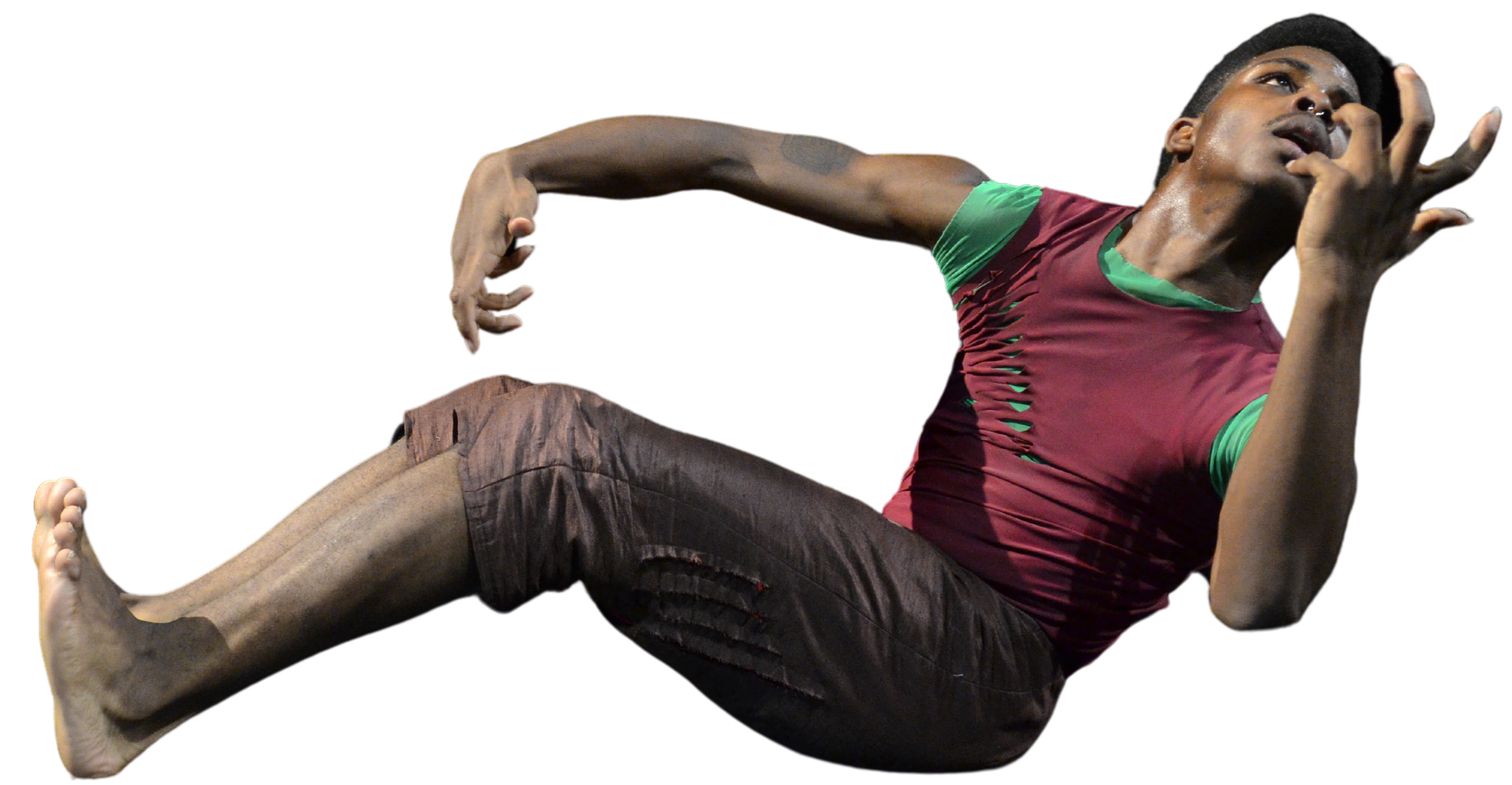
HISTORY
In 2004, a group of BIPOC women/femme artists assembled to explore what it might look like for them to unite dance and activism.
Ananya Chatterjea had issued a call to Twin Cities BIPOC women and femme communities: “Come together to dance about our dreams.” Chatterjea was inspired by the politically charged “group theatre” tradition of her native Kolkata; she was provoked to action by her burning desire to find rigorous dancing within a community of like-minded artists.
Many of the founding artists shared experiences of marginalization within the world of concert dance. All were committed to crafting a responsible artistry that was invested in building progressive community. They felt the necessity of building alliances with Black and brown artists across differences of race, nationality, sexuality, gender identification, and class, and to stand together on a shared forum.
A leadership group emerged and shared the labor of raising funds and organizing logistics of performances. This steering committee formalized the ensemble’s structure and established Ananya Dance Theatre as a non-profit corporation in 2005.
Since then, the company has articulated the principles and foundational philosophy that scaffold our practice. The contemporary feminist dance language that Chatterjea began to formulate (intersecting principles from the traditional Indian dance form Odissi, from Vinyasa yoga, and from the martial art form Chhau) has now blossomed into a fully-developed aesthetic and movement form: Yorchhā.
Shawngrām – our choreographic methodology that names resistance to injustice as a daily, activating force – grew alongside Yorchhā. Conversations among artists and our shared research into stories of women and femmes from the Global South birthed a collectively-shaped and committed vision of the liberated world we aspire to manifest with our dancing. Shawngrām is also the map of our creative process, where the themes and narrative arcs of projects emerge through care-filled research, vibrant discussion, and dance improvisation.
Two other foundational principles are embedded in our work: Aanch – the heat of desire for justice – and Daak, our call to action. For more details, please visit Foundations of our Practice.
Since 2011, a total of 41 dancers have performed in an annual premiere (each cast typically 8-10 dancers.) While average tenure with the ensemble is 3 years, some have continued for 10+ years. In 2011, we began to pay our dancers (as contractors) a stipend for rehearsal/performance periods. In 2018, we made our dancers employees. As of 2024, our dancers are contracted for the whole year, paid a competitive hourly rate (at .25FTE), and given access to free primary health care services.
In 2018, we moved into our own rehearsal/training studio: the Shawngrām Institute for Performance & Social Justice. That same year, we named dancer Kealoha Ferreira as Artistic Associate of Ananya Dance Theatre and Co-Leader of the Shawngram Institute; Ferreira leads company rehearsals, teaches community classes, hosts events, and leads our outreach activities.
In late 2023, longtime Managing Director Gary Peterson retired. A founding board member who stepped into the Managing Director role on a part-time basis in 2013, Peterson’s expertise and labor was key to the sustainable growth of Ananya Dance Theatre. His enthusiastic commitment to contemporary dance performance helped propel ADT into some of our most exciting national and international touring opportunities. Current Managing Director Jennie Ward now works full time (with a cadre of part-time support staff); alongside ADT’s active board of directors, she is planning for a dynamic celebration of ADT’s 20th year in 2025.
Our community of dancers and collaborators represents the range of ethnic, cultural, immigrant, and of-color communities who call Minnesota home: African American/Black, Asian American/Pacific Islander (including Chinese, Hmong, Japanese, Filipino, and Kānaka Maoli), South Asian (Indian and Nepalese), Latinx (Honduran and Mexican), South West Asian/North African (Palestine), and mixed race. Our dancers are experienced cultural workers and instructors.




